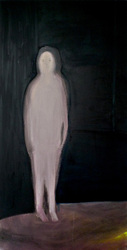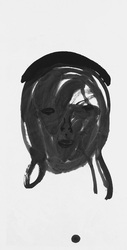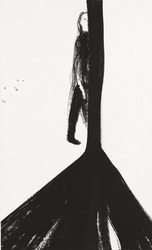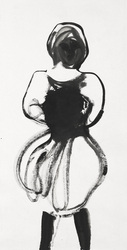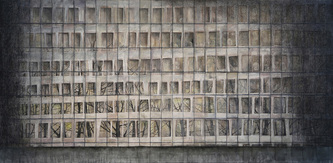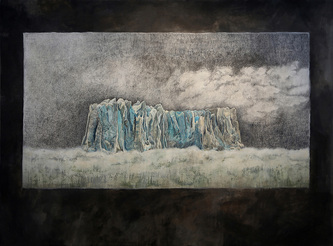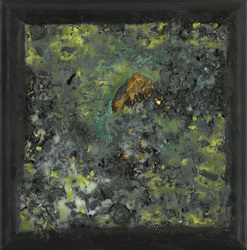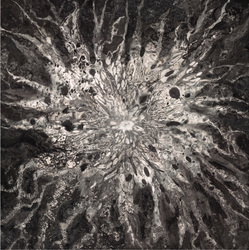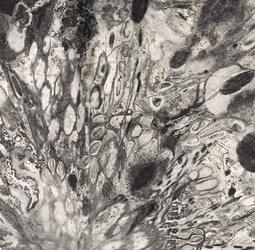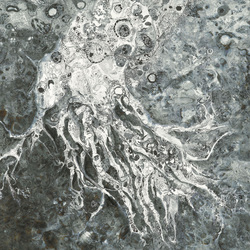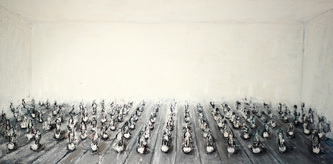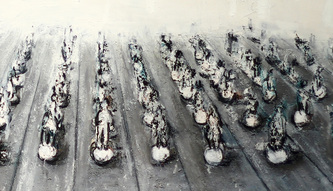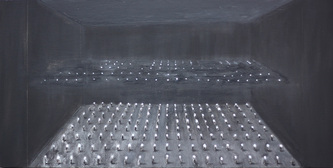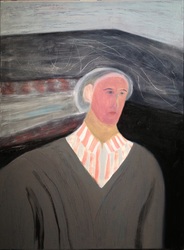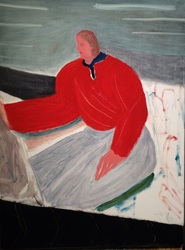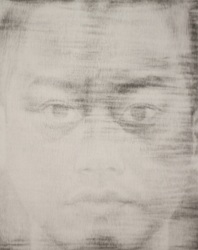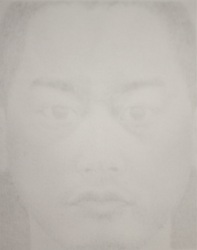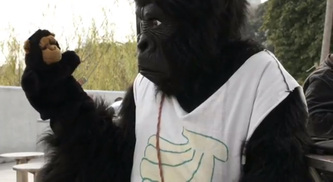disturbances《白噪聲》
|
|
disturbances 9 - 28 March 2013 Gallery EXIT is pleased to present "disturbances", a group exhibition with works by Casper Hiu Kwan CHAN, Szelit CHEUNG, Elva LAI, Firenze LAI, LING Pui Sze, Lulu NGIE and TANG Kwok Hin. The exhibition exposes the viewer to a surreal world where control paradigms, plans and structures are put into jeopardy. What is left is an acceptance to chaos, an acknowledgment of our incapability of becoming a "Body Without Organs" (Deleuze and Guattari, "A Thousand Plateaus"). Society, with its values and all the arbitrary and unnatural binary structures of gender, ethnicity, sexuality, age etc., inhibit us from an uncontrolled, ungoverned, spontaneous existence. From the moment we come into being, we introject these ethics into the construct of an artificial fabricated personality. As Deleuze puts it, society is a hierarchical organism, where everybody is one part of an economic infrastructure without any space for free will, variety or identity. The works on view proclaim the possibility of a failure; the paradox of fighting against a status quo that could never be defeated. They delve into the friction that is created when the innate idea of the self tries to challenge the artifice of a socially acquired personality. In a convergence of multimedia works, "disturbances" will reveal the emergence of social and personal disturbances in a display of corruption of the mind, alienation, perversion and madness. The ethereal figures in paintings by Lulu NGIE are situated in a place of quiet contemplation. Their inaction does not build any specific narration but suggests the aftermath of an inner conflict. They seem to be dissolving within their quivering outlines and embody a sense of alienated solitude as they come to terms with an inner world that is better left undisturbed. The withering souls portray quietude of the mind, a stillness born in a state of confusion. A pair of paintings by Elva Lai describes different kinds of mental resistance against the rigid systematic society. "The Fear of Perfect Order" depicts a large white sterile room with rows of small faceless figures walking on balls. They are consumed and agonised by their effort to maintain equilibrium. By means of turbulent brushstrokes, the painting reveals mental fragility and apprehension. "Room" with inverted colouration provides a more optimistic antidote. Wondering weightless beings occupy the floor of a colossal somber interior. Each of their heads is illuminated by a tiny source of light. Dim as they are, collectively they create a beautiful, consoling landscape. Light appears to provide hope for the spirit and aspirations in the midst of struggle. |
